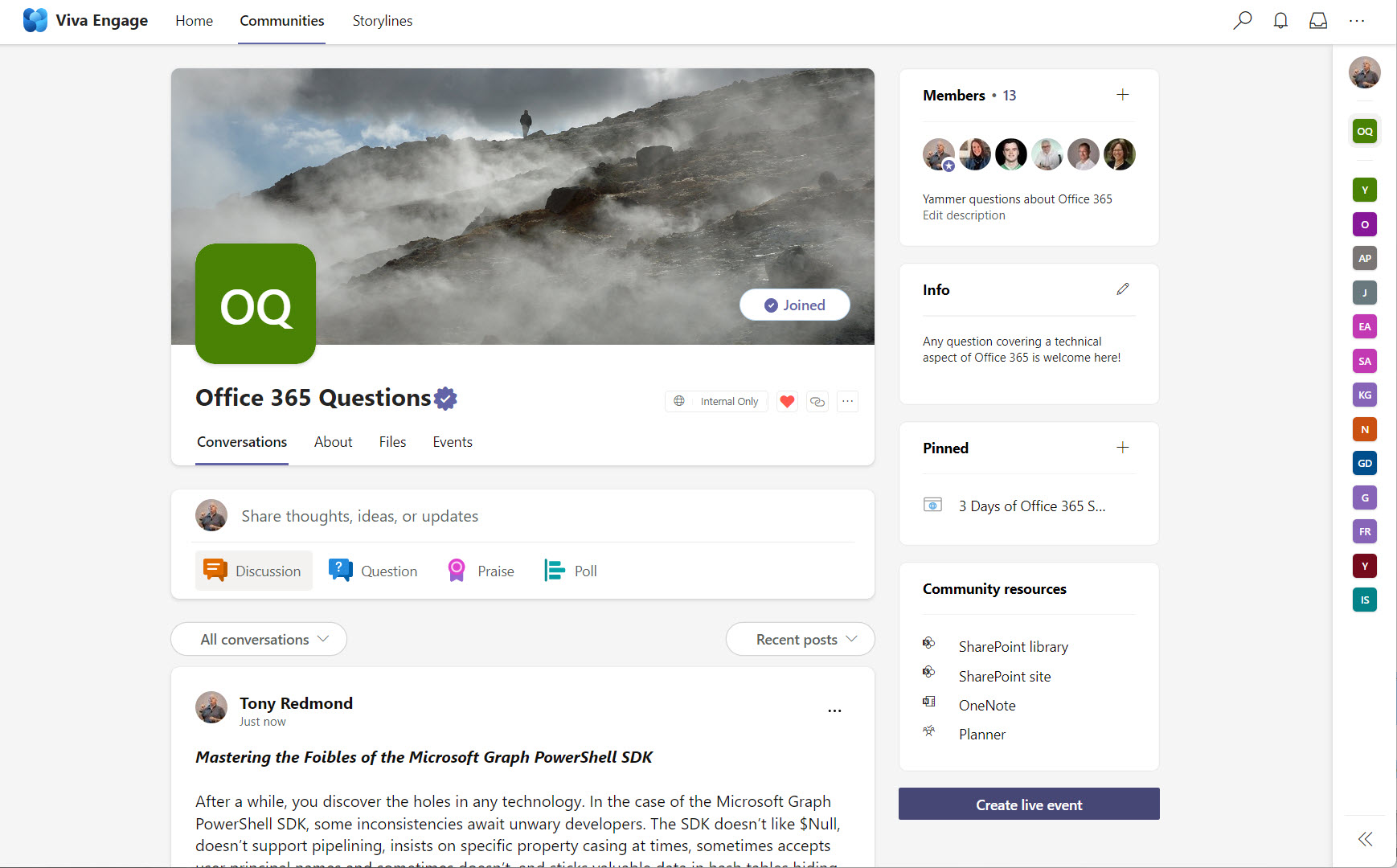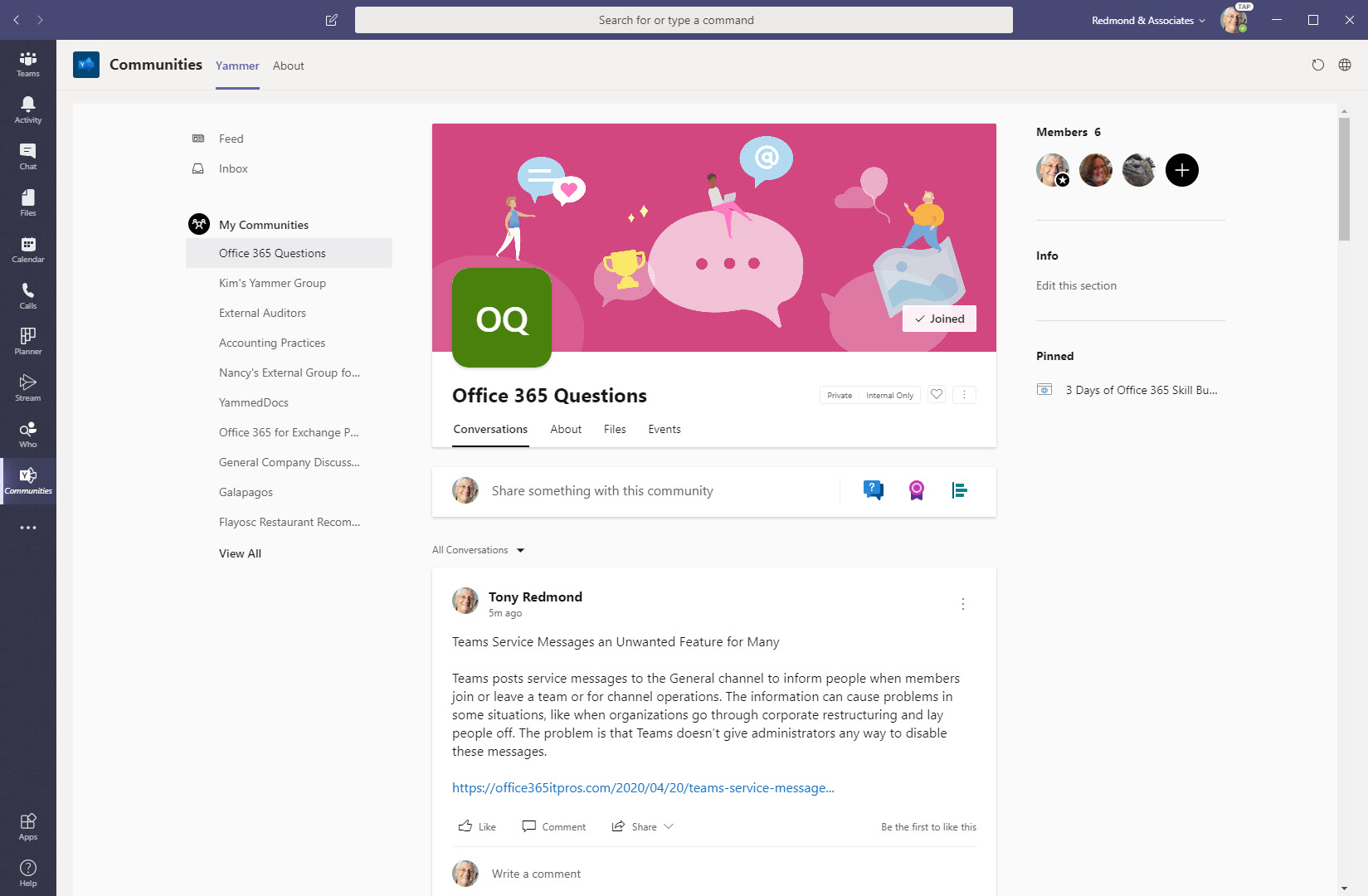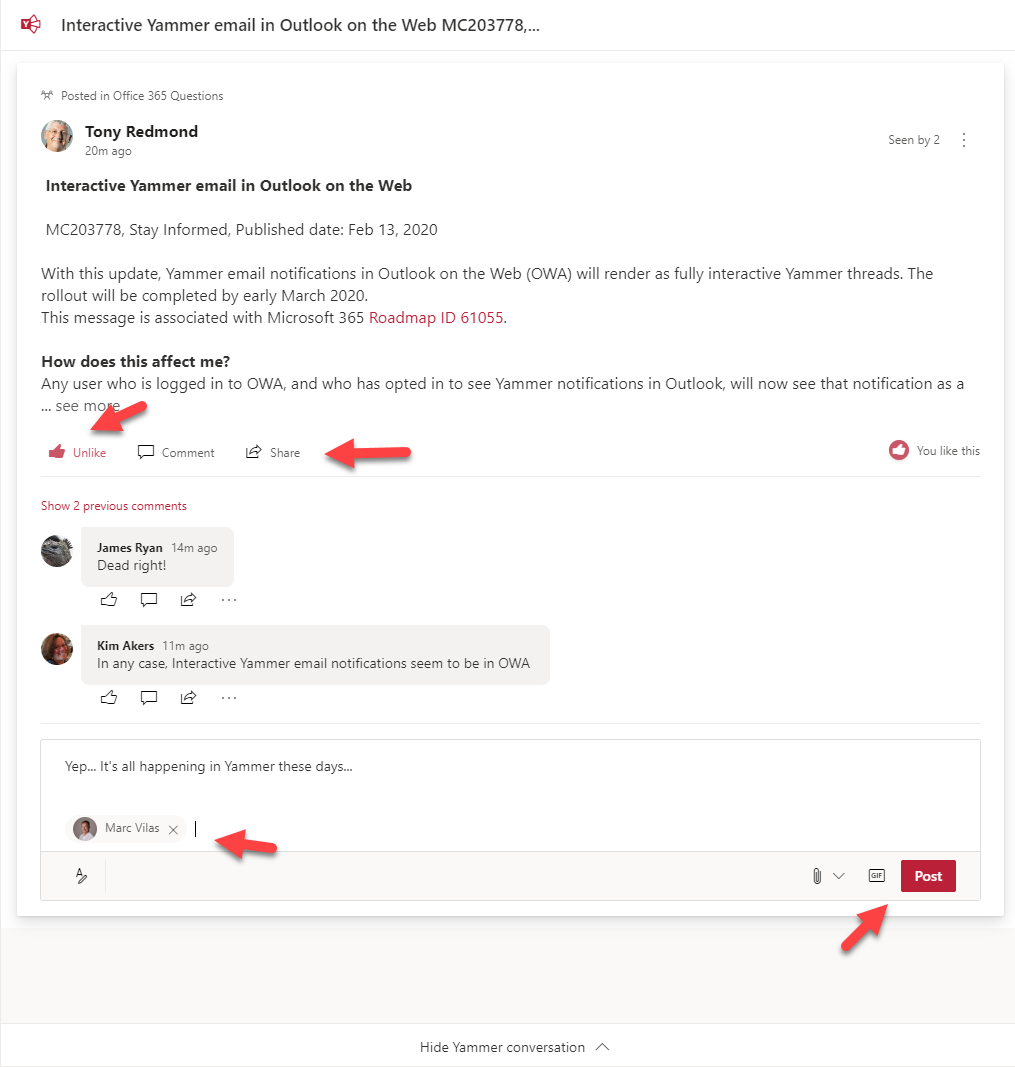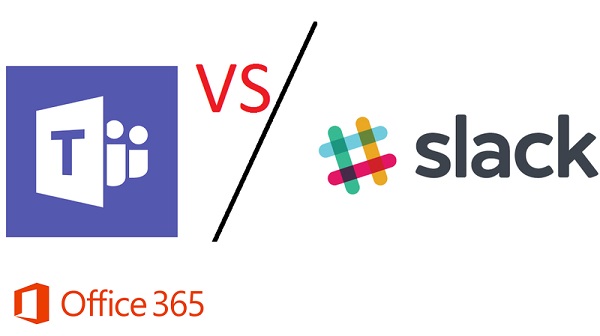As part of its rebranding of Yammer to Viva Engage last week, Microsoft added the Viva Engage Core service plan to user accounts. Which is nice, unless a tenant had blocked Yammer. The new service plan means that accounts can now use Yammer In many cases, it won’t matter too much that users can now access Yammer, but in other instances it will. In any case, we should tidy up by removing the Viva Engage Core service plan from any account that already blocks Yammer. Some PowerShell does the trick, but it would have been nice if Microsoft had thought things through a little more.
Microsoft announced that they will rebrand Yammer as Viva Engage. The decision isn’t surprising given the relative lack of success the Yammer brand has had within Microsoft 365 since its acquisition in 2012. The hope is that the now-renamed Yammer can forge ahead and be more successful under the Viva brand. Time will tell.
In a March 4 update, Microsoft announced that Microsoft 365 web apps will get a new account switcher to allow users to run multiple signed-in sessions and switch between the accounts seamlessly. Not every Microsoft 365 web app supports the new feature, with Teams being a notable miss, but there’s enough there to make this a very useful feature.
Outlook desktop couldn’t display actionable messages generated by Teams and Yammer properly while OWA and Outlook mobile could. It’s a small issue in the context of Microsoft 365, but it irritated me. I fixed the problem but don’t know how except that the Actionable Messages Debugger for Outlook might have been involved. Another day in the life of a Microsoft 365 tenant administrator…
If their developers allow, Microsoft 365 tenants can customize the properties of Teams apps to add their own icons, text, and links. In this article, we show how by customizing the Yammer Communities app to add a most remarkable photo taken at an Ignite event, a snazzier title (that no one can see), and some modified text. Is this enough to make the exercise worthwhile? that all depends on how you feel about corporate branding!
Yammer compliance records are generated by the Microsoft 365 substrate and consumed by features such as communications compliance policies and eDiscovery. In this post, we consider where Yammer compliance records are stored and what they contain and how to use PowerShell to figure out the activity levels of Yammer communities.
Yammer networks configured in Microsoft 365 mode now support Azure B2B collaboration guest users. Which is nice, if it worked. But it doesn’t for me. Guest access worked for me during the testing phase but now that the feature has reached general availability, it won’t – using the same accounts. It’s odd. Yammer’s implementation of Azure B2B Collaboration has some other quirks too, all of which mean that it’s not very usable.
Yammer now boasts inclusive reactions, the ability to select a person-appropriate skin tone for thanks and like reactions. The feature is only available in the new Yammer UI. Being able to select a skin tone for reactions is not a new idea and now that Yammer has it, Teams can’t be far behind.
Microsoft has released the Communities app for Teams. The app integrates Yammer into Teams as a pinned app or in a channel tab. The pinned app mode is most functional, even if the channel mode includes a Share to Channel option. Overall, it’s a nice integration, which begs the question as to when the same might be done for OWA?
If you receive a notification about Yammer conversations in OWA, you might notice that you can now do all sorts of new things to interact with Yammer while remaining in OWA. It’s part of Microsoft’s effort to make Yammer more relevant and accessible to people who prefer to communicate through email. And the nice thing is that the approach works well.
Microsoft says that the migration of Yammer storage for new files in SharePoint will restart in June and finish worldwide by the end of July. That’s great, but the migration of existing files is a manual process that can only be described as tiresome and error-prone. But it adds to the allure of Yammer and increases its prestige in the ranks of Office 365 apps. Or maybe not.
The Groups section of the Azure Active Directory portal now includes a preview of a feature to configure the Office 365 Groups naming policy without going near PowerShell. Although those proficient with scripts and GUIDs will lament this sad reduction in standards, the normal administrator will welcome the chance to forget some obscure syntax.
New data about the number of Slack and Workplace usage gives the chance to compare how Microsoft is doing with Teams. And the answer is that things seem to be going well, largely because Teams is growing off the huge Office 365 base. With 155 million users (the last figure) and 3 million more added monthly, Teams has a lot more to go after in the Office 365 installed base.
Office 365 changes all the time, which is good because it keeps the Office 365 for IT Pros writing team busy and happy. Discussions this week included Microsoft’s response to a Dutch DPIA, the effect large Teams have on Yammer, how Exchange Online validated a fix to a security problem, and graphics to help understand the components of the Microsoft 365 E3 and E5 plans.
After being accused of bias against Yammer, I thought about whether this is true. But it’s not bias – it is frustration that Yammer remains so detached from the rest of Office 365 six and a half years after Microsoft bought the technology.
Encrypted email is becoming more common within Office 365. Things usually flow smoothly when sending protected messages to email recipients, but other Office 365 recipient types like Teams and Yammer might not be able to handle protected email.
The “Yammer Vision” session at last week’s Ignite conference was interesting. At least, I thought it was because it showed signs of a new willingness and direction to make Yammer a better citizen of the Office 365 ecosystem. Time will tell whether the grand plans succeed.
















